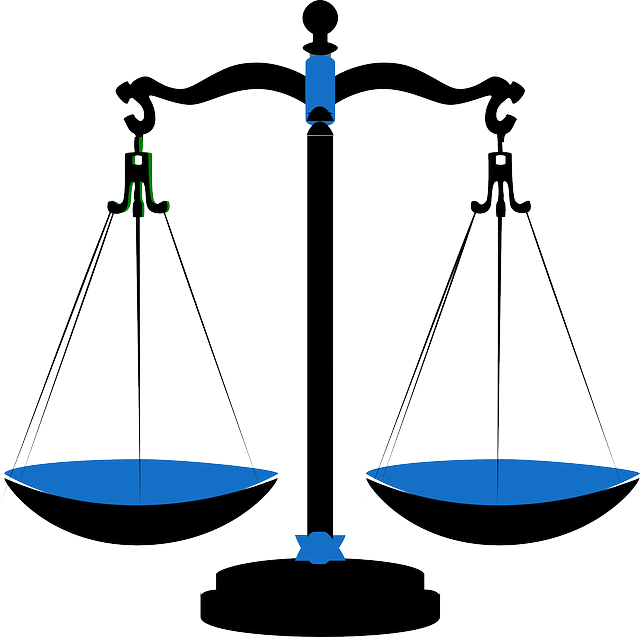Understanding different loan types is key to making informed financing decisions. By comparing loan types, borrowers can effectively navigate the financial landscape, choosing options that align with their needs and aspirations. This involves assessing interest rates, repayment terms, eligibility criteria, and lender reputations while considering personal creditworthiness, borrowing purposes, and desired repayment structures. An optimal approach leads to favorable loan terms and a positive borrowing experience.
Deciding on the right loan type is a crucial step in achieving your financial goals. This comprehensive guide will walk you through understanding various loan types, assessing your unique needs and evaluating key factors like interest rates, repayment options, and lender requirements. By comparing different loan types, you’ll make an informed decision that best suits your situation, ensuring a smooth and beneficial borrowing experience.
- Understanding Different Loan Types: A Comprehensive Overview
- Assessing Your Financial Needs and Goals
- Comparing Interest Rates and Terms
- Evaluating Repayment Options and Flexibility
- Considering Lender Reputation and Requirements
- Weighing the Pros and Cons for Your Unique Situation
Understanding Different Loan Types: A Comprehensive Overview

When considering a loan, understanding the various types available is essential for making an informed decision. Different loan types cater to diverse financial needs and come with unique features. From traditional bank loans to alternative online options, each has its advantages and considerations. By comparing loan types based on factors like interest rates, repayment terms, and eligibility criteria, borrowers can identify the most suitable option for their circumstances.
This comprehensive overview aims to demystify various loan offerings, empowering individuals to navigate the financial landscape effectively. Whether seeking a mortgage for purchasing property or requiring a personal loan for unexpected expenses, knowing the nuances of each type is key to securing the best terms and ensuring a positive borrowing experience.
Assessing Your Financial Needs and Goals

When deciding on a loan type, start by assessing your financial needs and goals. Understanding what you require the loan for is crucial as it narrows down the suitable loan categories. Whether it’s for purchasing a home, funding education, or starting a business, each loan type has its own strengths and conditions. Comparing loan types based on these parameters helps in making an informed choice.
Evaluating your financial situation includes considering factors like your credit score, income, and existing debt. These elements influence the loan options available to you and their terms. A thorough analysis ensures that you pick a loan type aligned with your budget and aspirations, facilitating a successful borrowing experience.
Comparing Interest Rates and Terms

When comparing different loan types, one of the most crucial factors to consider is the interest rate and loan terms. Interest rates determine the cost of borrowing money, expressed as a percentage of the principal amount. Lower interest rates mean less expense over time. It’s essential to understand how these rates are calculated and what they include, such as fixed or variable rates, and any additional fees.
Additionally, loan terms play a significant role in your overall financial burden. This refers to the duration over which you’ll be repaying the loan, usually measured in years or months. Shorter loan terms generally come with higher monthly payments but result in less interest paid overall. Longer terms mean lower monthly outlays, but you’ll pay more interest over the life of the loan. Comparing these aspects allows borrowers to make informed decisions, balancing cost and convenience to select the best loan option tailored to their needs.
Evaluating Repayment Options and Flexibility

When evaluating different loan types, a key factor to consider is the repayment structure and flexibility offered by each option. Not all loans are created equal when it comes to how and when you’ll need to start making payments. Some loans require immediate full repayment upon reaching a certain term, while others offer more gradual repayment periods or even interest-only options during specific intervals.
Comparing loan types based on these repayment terms is essential for managing your financial health. For instance, a loan with lower monthly installments but a longer term might seem appealing initially, but it could result in paying significantly more interest over time. Conversely, a shorter-term loan with higher monthly payments could help you pay off the debt faster and save money in interest charges. Assessing your financial goals, income stability, and future expectations will aid in determining the most suitable repayment flexibility for your chosen loan type.
Considering Lender Reputation and Requirements

When considering different loan types, evaluating the lender’s reputation and requirements is a crucial step in your comparison. Researching their track record allows you to gauge trustworthiness and potential pitfalls. Reputable lenders often have clear terms and conditions, competitive interest rates, and responsive customer service.
Look for reviews from previous borrowers to understand their experiences. Also, pay attention to the eligibility criteria as each lender may have distinct requirements regarding credit score, income levels, and loan purpose. Understanding these factors early on helps you narrow down suitable options, ensuring a smoother process when comparing loan types.
Weighing the Pros and Cons for Your Unique Situation

When comparing loan types, it’s crucial to weigh the pros and cons against your unique financial situation. Start by evaluating your creditworthiness—lenders will consider your credit score, debt-to-income ratio, and employment history. Higher credit scores typically secure better interest rates and terms. Next, assess your borrowing needs. Short-term loans are ideal for unexpected expenses, while long-term loans suit significant purchases like homes or education.
Consider also the repayment structure. Some loans offer fixed rates and regular payments, providing predictability. Others may have adjustable rates, potentially saving money but introducing uncertainty. Additionally, explore fees—processing, origination, or prepayment penalties can add up. Comparing these factors allows you to choose a loan that aligns with your financial goals and circumstances, ensuring a favorable outcome in the long run.






